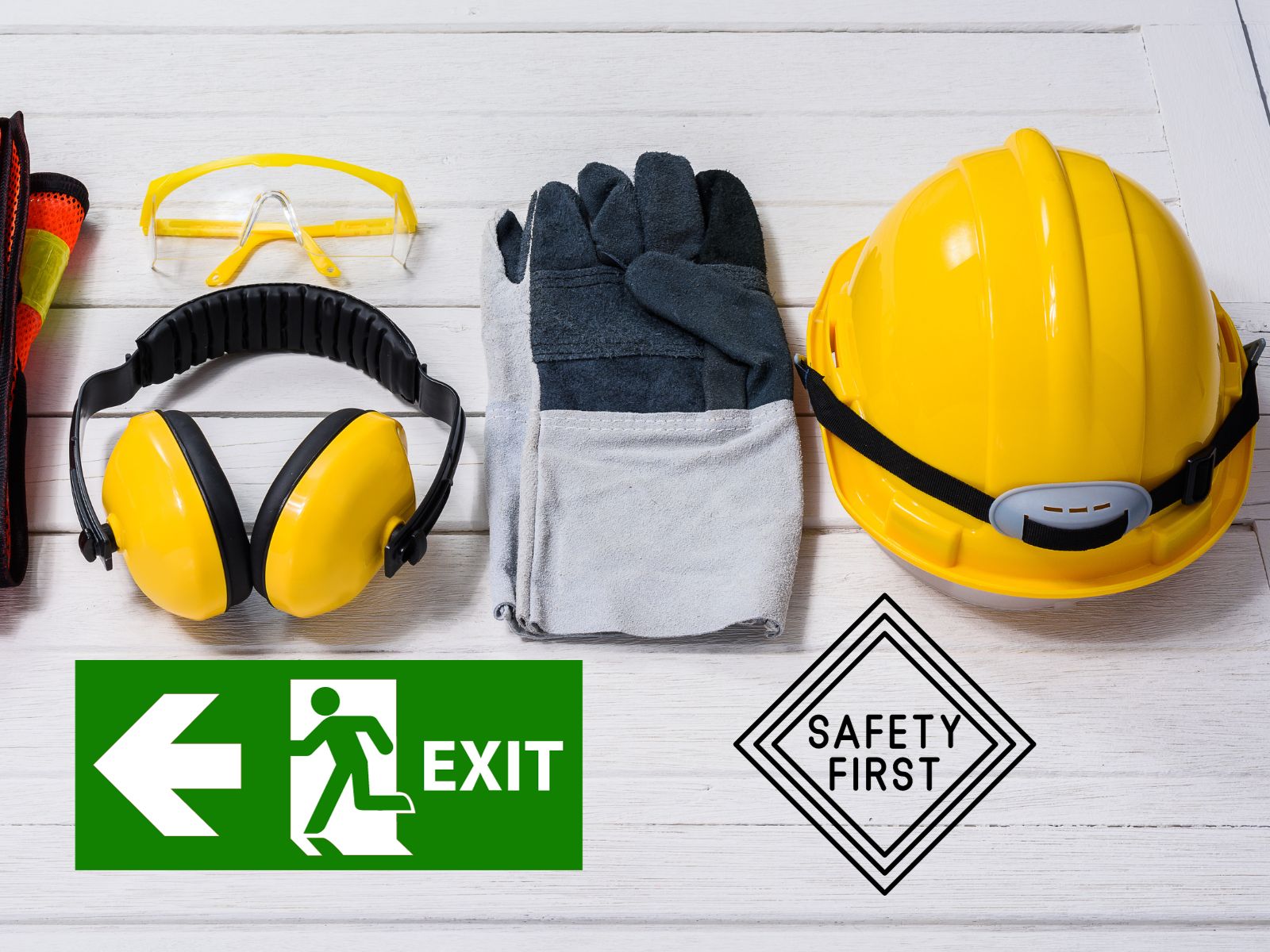Legal and Safety Aspects of Load Bearing Wall Removal
Understanding and navigating the legal and safety aspects of load-bearing wall removal are critical for a successful renovation.
This section delves into permit requirements, ensuring compliance with building codes, and implementing safety precautions.

LAST UPDATED: JUNE 26, 2024
Permit Requirements for Wall Removal:
1. Local Authority Approvals:
-
Navigating Permits: Successfully navigate the process of obtaining local authority approvals if needed (Building Notice) for your wall removal project.
-
Key Points:
-
Each UK region may have specific permit requirements; consult local authorities to ensure compliance.
-
Adequate preparation and submission of required documents are crucial for smooth permit acquisition.
-
2. Building Regulations Compliance:
-
Strategic Planning: Develop a strategic plan to ensure compliance with UK building regulations.
-
Key Points:
-
Engage with professionals who understand and can interpret building codes.
-
Comprehensive plans, aligned with regulations, facilitate the approval process.
-
Ensuring Compliance with Building Codes:
1. Structural Engineer Collaboration:
-
Professional Guidance: Collaborate with a structural engineer to guarantee compliance with building codes.
-
Key Points:
-
A structural engineer ensures that the wall removal aligns with UK building codes and standards.
-
Their expertise is invaluable in addressing structural concerns as per regulations.
-
2. Party Wall Agreements:
-
Neighbour Considerations: Understand the importance of Party Wall Agreements, especially in shared structures.
-
Key Points:
-
A legal requirement for shared walls, agreements define responsibilities and prevent disputes.
-
Professional guidance ensures the legal and amicable resolution of shared wall alterations.
-
Safety Precautions in Load Bearing Wall Removal:
1. Professional Guidance:
-
Safety-First Approach: Prioritise safety with guidance from construction professionals.
-
Key Points:
-
Professionals implement safety protocols tailored to the specificities of your project.
-
A safety-first approach minimises risks and ensures the well-being of everyone involved.
-
2. Emergency Preparedness:
-
Quick Response Plans: Establish emergency response plans for unforeseen circumstances.
-
Key Points:
-
Quick evacuation plans, first aid stations, and accessible emergency exits are vital.
-
Being prepared ensures a swift and coordinated response to unexpected events.
-
3. Communication and Warning Signs:
-
Clear Communication: Emphasise the importance of clear communication and warning signs.
-
Key Points:
-
Transparent communication ensures everyone on-site understands safety protocols.
-
Visible warning signs help prevent unauthorised access and enhance safety awareness.
-

